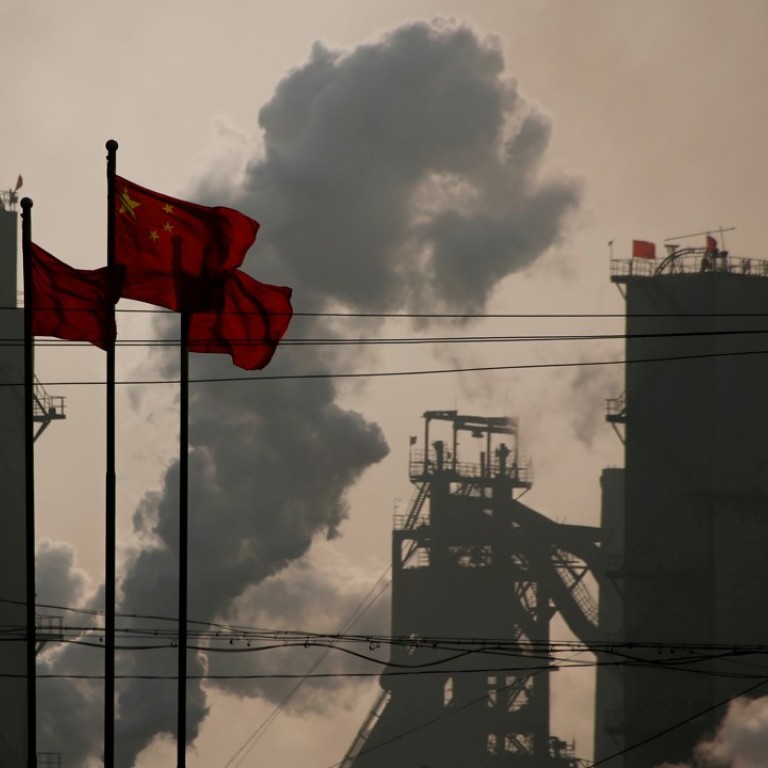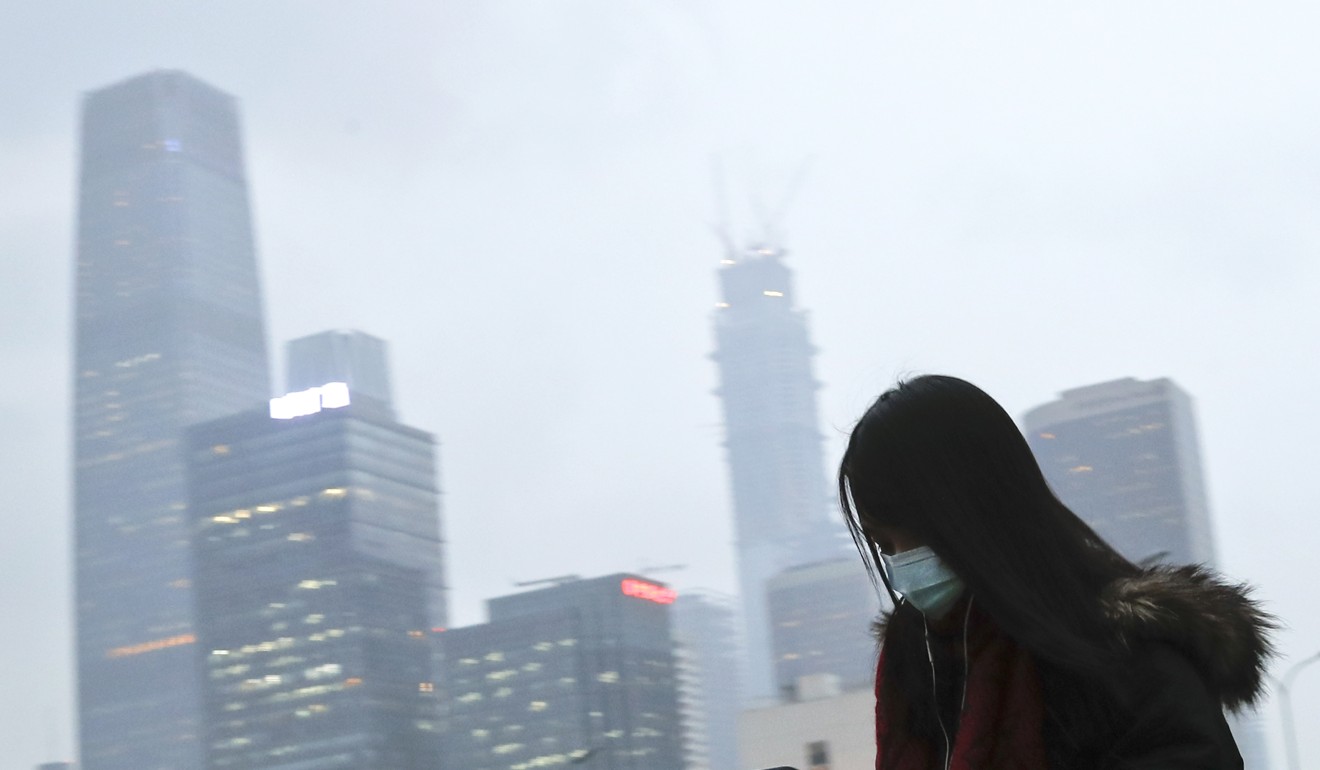
China eases up on winter smog fight as it battles American trade war headwinds
Targets for cuts in winter emissions have been revised down and blanket industrial bans softened dramatically compared with last year’s severe restrictions
China will be less severe with its smog curbs this winter as it grapples with slower economic growth and a trade war with the United States, according to a government plan released on Thursday.
Instead of imposing blanket bans on industrial production in the Beijing-Tianjin-Hebei area as it did last winter, the Ministry of Ecology and Environment said it would let steel plants continue production as long as their emissions met standards.
Targets for overall emissions cuts have also been revised down. In the next six months, 28 cities in northern China are required to cut levels of PM2.5 – the tiny airborne particles that are most harmful to human health – by about 3 per cent from a year ago.
That is less than the 5 per cent cut proposed in an initial plan seen by the South China Morning Post last month.
Meanwhile, the new plan stipulates that the number of days of severe air pollution should be reduced by about 3 per cent, also revised down from 5 per cent in last month’s draft.
‘Airpocalypse’ over? Beijing breathes easier as clean air drive pays off, US embassy smog readings suggest
In addition, the two targets are well below the cuts of “at least 15 per cent” set out in last year’s plan.
The ministry said the region reported a 25 per cent cut in PM2.5 and a 55 per cent cut in the number of days of heavy pollution last winter thanks to enforced shutdowns of steel mills, construction sites, coking plants and chemical factories.
The ministry did not say why it was taking a much softer line in the fight against pollution.
But analysts said the Chinese government was reassessing its priorities – giving more attention to growth while putting pollution curbs and debt reduction on the back-burner.
Shutting down construction sites – as it did last year – would hamper local government efforts to heed Beijing’s call to build more infrastructure and spur economic activity to cushion the country from trade war blows.

Lu Ting, chief China economist at Nomura International in Hong Kong, said in a research note that the scale and extent of the anti-smog campaign would likely be less aggressive than last year “given the headwinds from weakening demand and more challenges from rising trade protectionism and the escalation in China-US trade tension”.
“Beijing has shifted to an outright stimulus stance in recent months, which also implies less aggressive in implementing the anti-smog campaign,” Lu said.
Signs of smog rebound in China’s heavy-industry heartland as winter cuts expire
While some factories in northern China will still scale back output, factories with emission levels “obviously better than peer companies” can continue production.
Another big change this winter is the ministry’s decision to give local governments control over the production curbs, allowing them to set their own targets “according to local conditions”. Last winter Beijing sent legions of teams to check compliance with its orders.
Gone, too, are the August proposals for six cities to halve steel production during the coming heating season, and other cities to limit steel output by at least 30 per cent.
Analyst Rosealea Yao, from research firm Gavekal Dragonomics, wrote in a note that China’s industrial production curbs were fairly successful in reducing air pollution but the campaign had stirred intense public criticism as well, especially when coal heating systems were shut down before gas supplies came online.
“Central policymakers will not want to suffer such embarrassment again. They are also likely to be more concerned about the potential impact to growth than they were last year, with infrastructure investment weak and the US ramping up tariffs on Chinese exports,” Yao wrote.
Beijing air quality returns to hazardous levels as sandstorm, smog engulf city
But Beijing is not giving up on its clearer air campaign, especially with pollution control listed as one of Chinese President Xi Jinping’s top three priorities for China through 2020.
Michelle Lam, greater China economist at Societe Generale in Hong Kong, said the new plan did not mean “the government is not taking capacity cuts seriously”.
“What we know now is that Beijing is allowing local companies to adjust their own output accordingly based on the measures of air quality rather than administrative measures,” Lam said.

